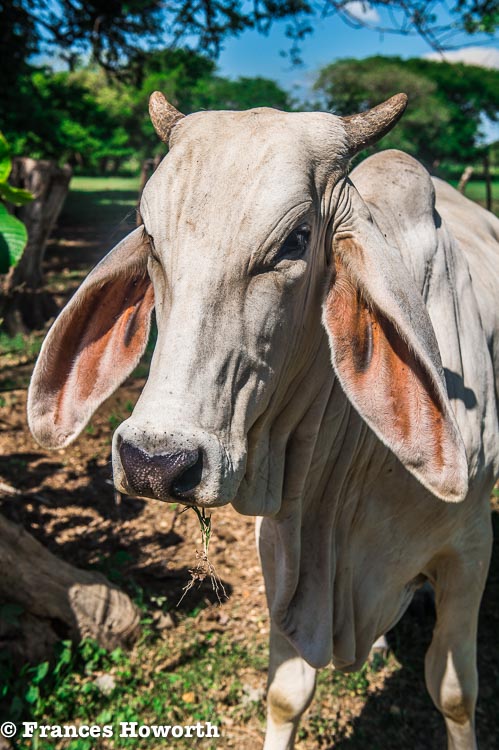Costa Rica’s warm year round climate and its fertile soils are highly suitable to agricultural production.
Traditional crops, like coffee and bananas, have been the staples of agricultural production since the 18th century as has sugar.
We saw many examples of this important sector of the country’s GDP while we were touring and this including seeing fields of sugar and tractor loads of cut cane moving to factories.
Costa Rica is also an important producer of sugar. Yearly export volumes average 130,000 metric tons per year, with revenues of US$39 million. However, unlike coffee or bananas, sugar production is largely for local consumption, which exceeds 2.6 million metric tons. Over 48,000 hectares of land are dedicated to the production of sugar.
We also witnessed first hand the importance of Cattle. Ranching began in the early colonial period and it is still viewed as both profitable and prestigious. Over 2/3rds of agricultural land, which accounts for 40% of the national territory, is pasture and only 7% of that was dedicated to the growing of crops.
While many different types of cattle were seen by us we confess to having a soft spot for the Brahmin cows with their humps and floppy ears that reminded us so much of our trips through India

